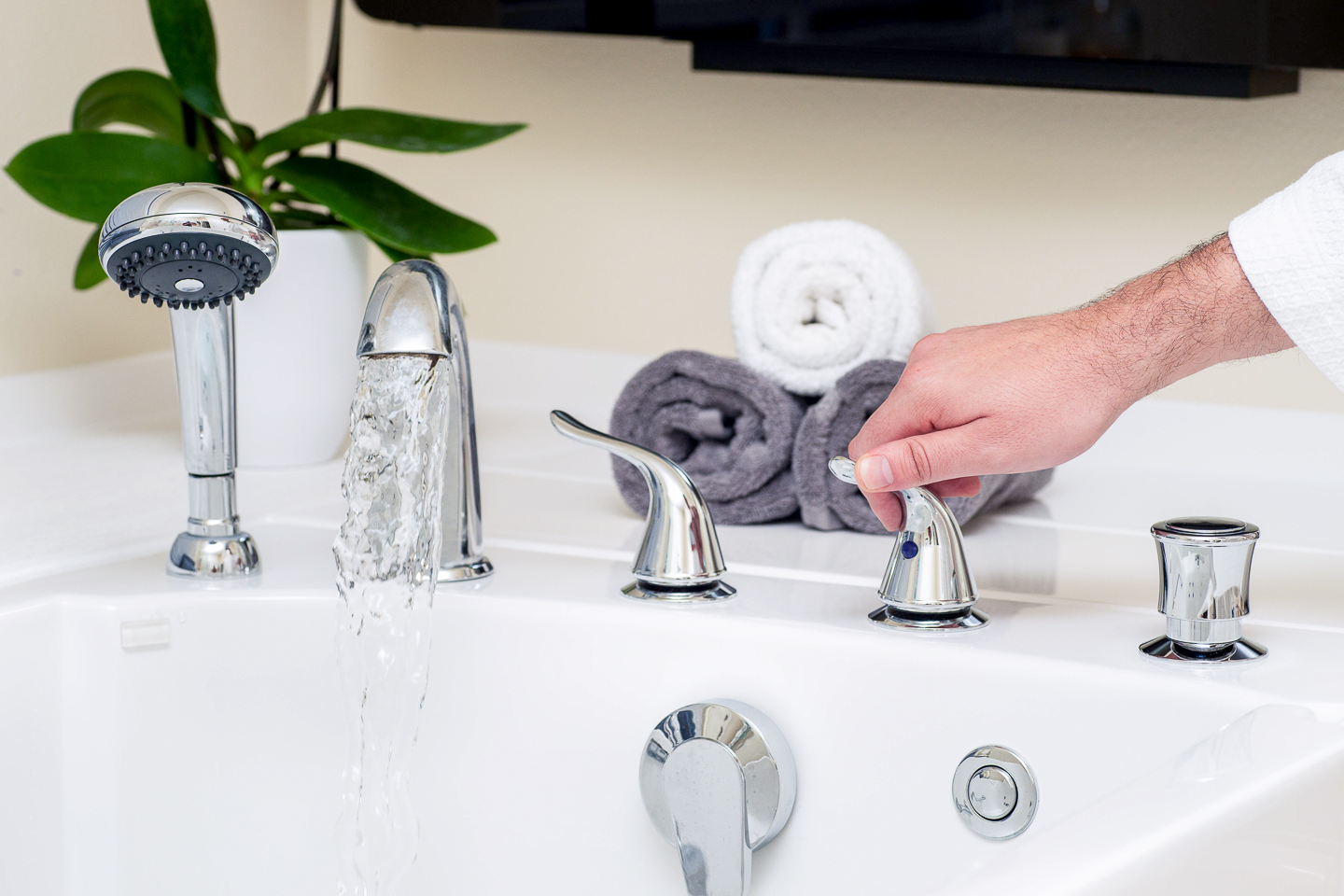Dealing with an aging parent can be stressful as many everyday activities become increasingly more challenging as the years go by. This includes the little (but important) things like bathing, grooming, and using the bathroom. As parents age, it’s normal for them to become less independent. It’s also normal for them to forgo daily activities like bathing because of the challenge they pose, and the stress they cause. For caregivers and children of aging parents, this becomes a stressful challenge. For aging adults, lack of bathing can lead to a whole host of issues that include:
- Foul odors
- Rashes and skin infections
- Parasitic infections
- A high risk of internal infections
- Skin abrasions
- Other illnesses
Using the bathroom can also be a challenge, and many older adults unfortunately wind up soiling themselves because of their fear of going to the bathroom, the place in the home where most falls occur.
What should you do if your aging parent stops bathing or using the bathroom? How can you help them get back to a normal routine? There are several ways to help aging parents who need bathroom assistance.
Get Past the Embarrassment
Simply talking about using the bathroom can be a challenge, as many find it embarrassing. Admitting that you need help in this particular area can be an even greater challenge for aging adults. It’s not something that comes easily, but talking about it is the first major hurdle to overcome. Reaching out to your parents and talking to them about the bathroom assistance they need is important, and doing so can help them get the help they need. Elder parents need to feel supported, so sit down and have an honest conversation with them before making any changes. If necessary, encourage them to speak to their doctor regarding this issue.
Eliminate the Barriers of Bathroom Use
Bathroom can be a challenging place for aging adults. Simply bathing and using the toilet is something that most younger people take for granted. However, there are many things you can do to increase safety in the bathroom and make it easier for aging parents to use. Remove barriers that include:
- Trouble sitting on the toilet: use grab bars to help older adults ease themselves down onto the toilet, and to help them get up more quickly. Raised toilet seats can also help in this area.
- Trouble wiping: using wet wipes instead of toilet paper can make wiping after using the toilet easier.
- Slippery floors: use high quality anti-slip mats to cover areas outside the bathtub/shower, by the toilet, and by the sink/mirror. This will prevent falls that are all too easy to happen in the bathroom
- Poor lighting: not all bathrooms have windows, and many can be dark, especially for aging adults that have decreasing vision. Make sure that the bathroom space is well lit so that older adults can easily make their way around and find what they are looking for.
The Most Important Change
One of the greatest challenges for aging adults in the bathroom is the process of bathing, which can be strenuous, time-consuming, and often dangerous. One of the top reasons for older adults to consider assisted living facilities, which can be prohibitable expensive, is trouble attending to personal hygiene, including bathing. But older adults do not have to lose this part of their independence. One of the most important changes you can make in the bathroom is installing a walk-in tub. These types of tubs fit into most bathroom spaces, providing many safety features that include:
- Low Entry Door Thresholds
- Anti-Slip Floors
- Grab Bars and handrails
- ADA Compliant Seats
- Self-cleaning systems, making them easy to maintain
- Overflow valves
If your parents want to maintain their autonomy and independence while staying in their home, one of the best ways to accomplish that is to ensure they can bathe themselves safely and with ease. Learn more about the safety features and other benefits of walk-in tubs with Independent Home today. Call 888-239-1058 to speak with a specialist or send us a message through our website today.




